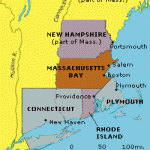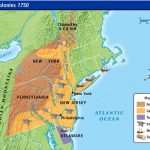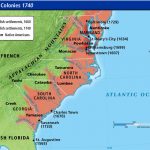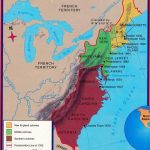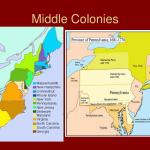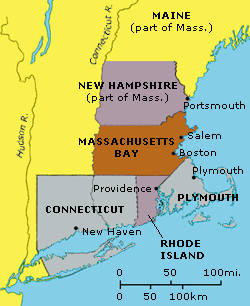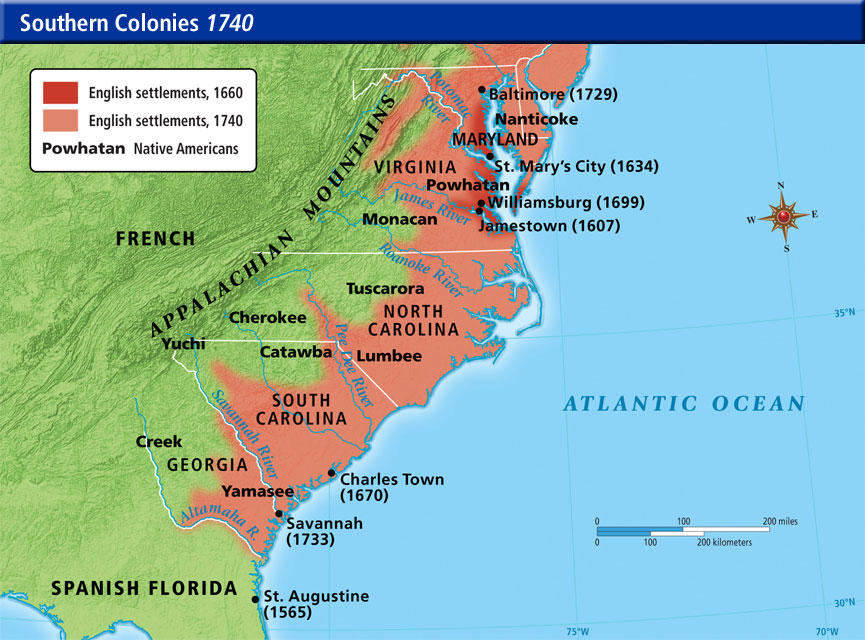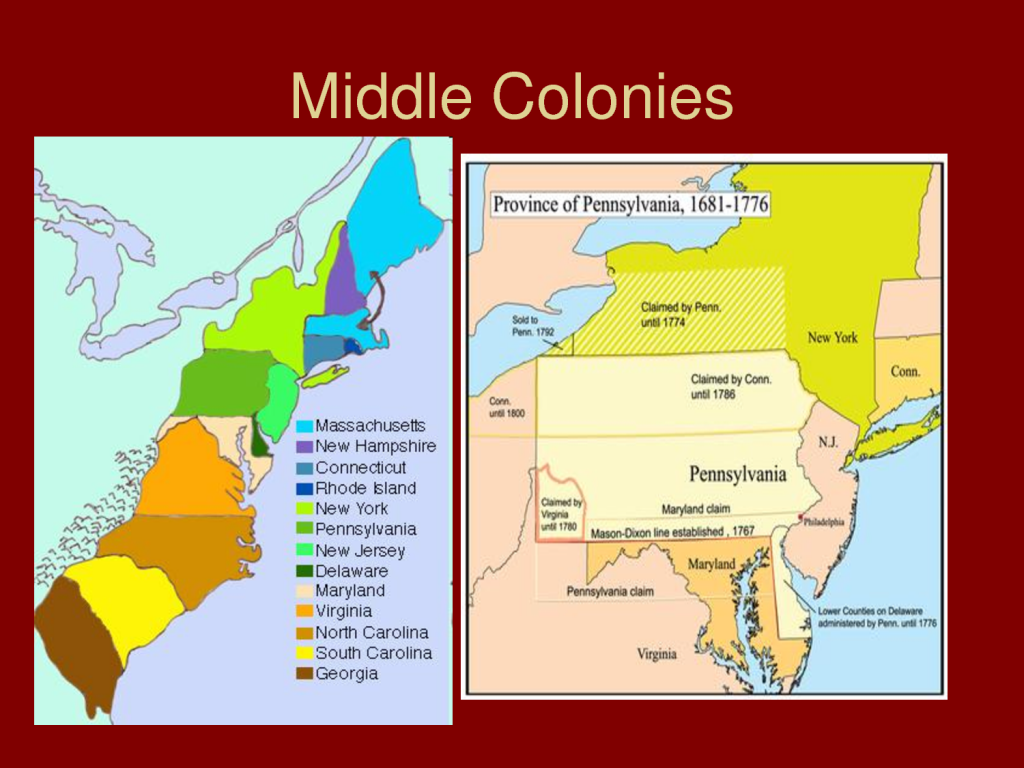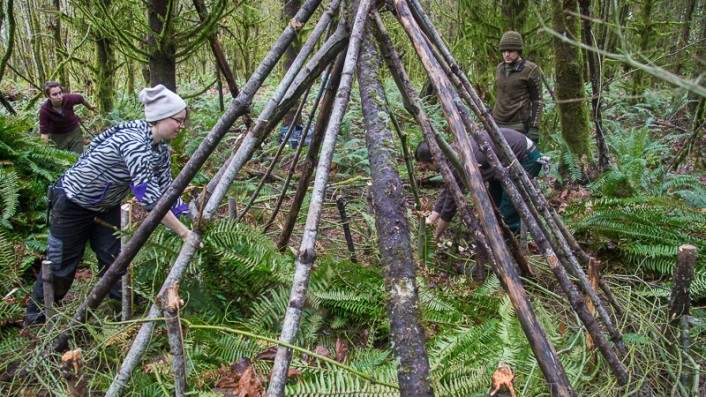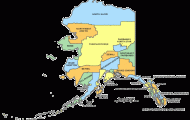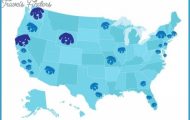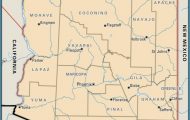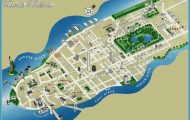Initial voyages to the New World were generally unsuccessful. The first colonists were a mix of a few enthusiastic middle-class adventurers, looking for
the vast wealth promised by the stories of Spanish expeditions, and a far larger proportion of lower-class emigrants seeking to escape the brutality of the
English law code.
After an initial exploratory mission a year earlier, the first colony was established at Roanoke Island, in Virginia in 1586. This famed Lost Colony had
vanished by the following year due to disease, trouble with indigenous peoples, the Spanish, and other problems.
The first successful Virginia colony was the settlement at Jamestown in 1607, but it also had serious problems getting started. Of 105 initial settlers, only
thirty-two survived after the first seven months, the high mortality rate being attributed to starvation and disease. Aided by supplies from England,
assistance from the native peoples, and a mandatory work program initiated by John Smith, the colony established agricultural success with the
introduction of tobacco production, the single most influential factor in its population growth. Virginia would continue to lead the colonies in both population
growth and wealth generation through the end of the eighteenth century.
By 1620, over 1,700 colonists had been shipped to Smith’s Chesapeake Bay Colony. Of these, only 350 had survived. The early settlers were plagued by
starvation due to failed get-rich-quick schemes; diseases including smallpox and malaria; and chronic troubles with native peoples. New settlers continued
to arrive, but their life expectancy was only forty-five years.
Two major policy changes during this time transformed the Virginia colonies into successful enterprises. First, the near-bankrupt Virginia Company
surrendered control of the lands and laborers to the colonists. The idea of private property was very attractive to members of the English middle class,
who could not expect to own property in overcrowded London.

